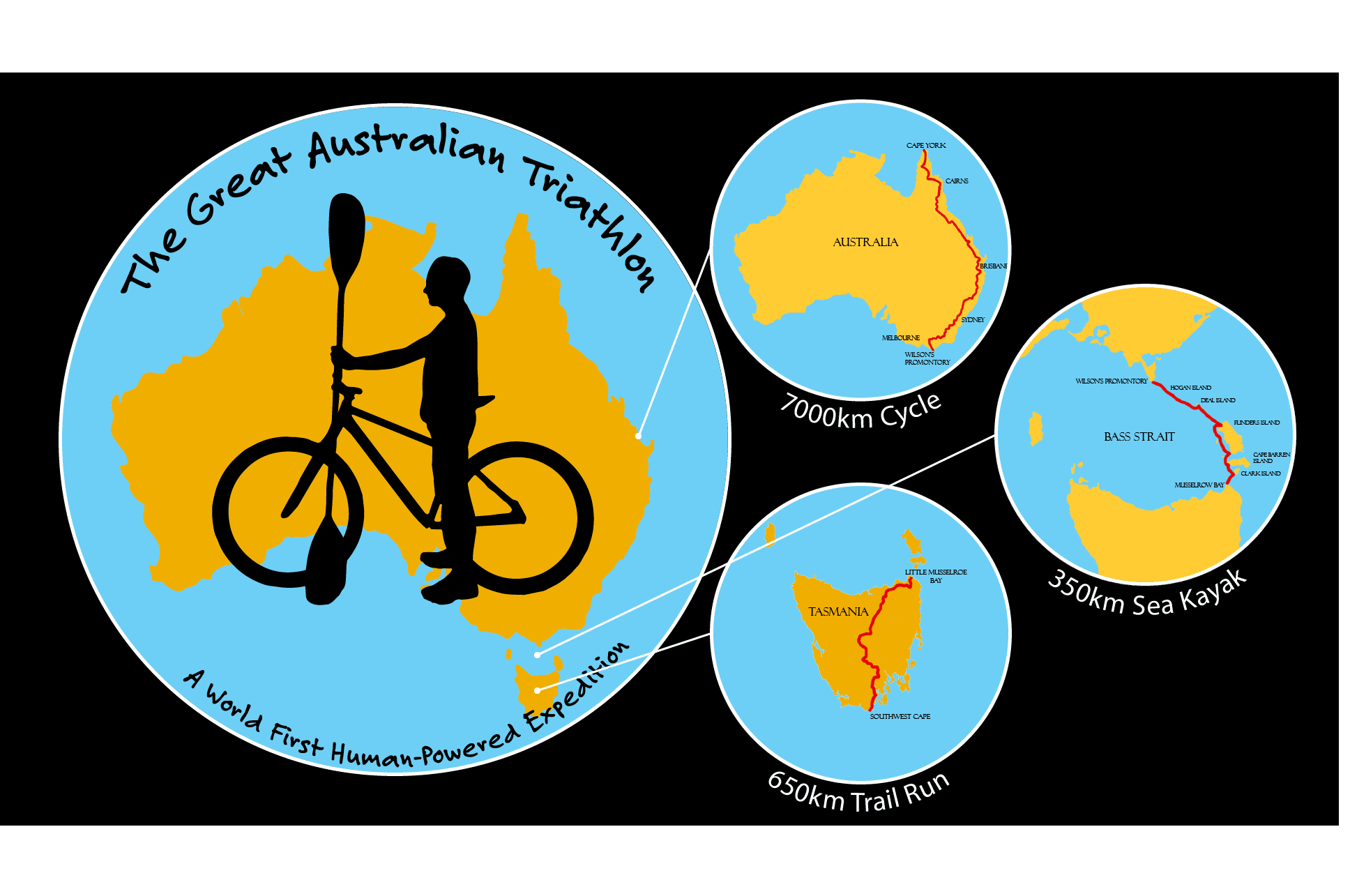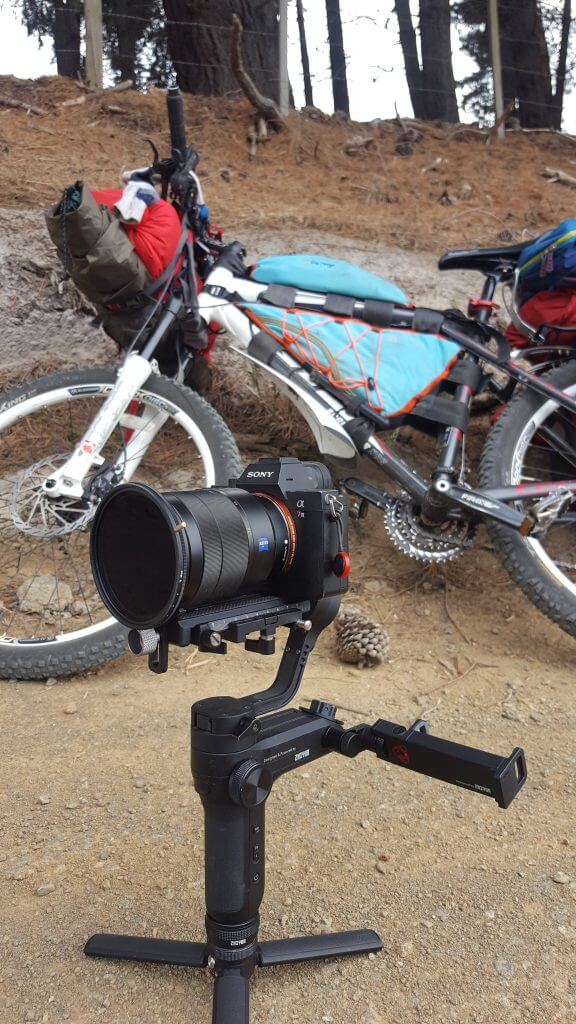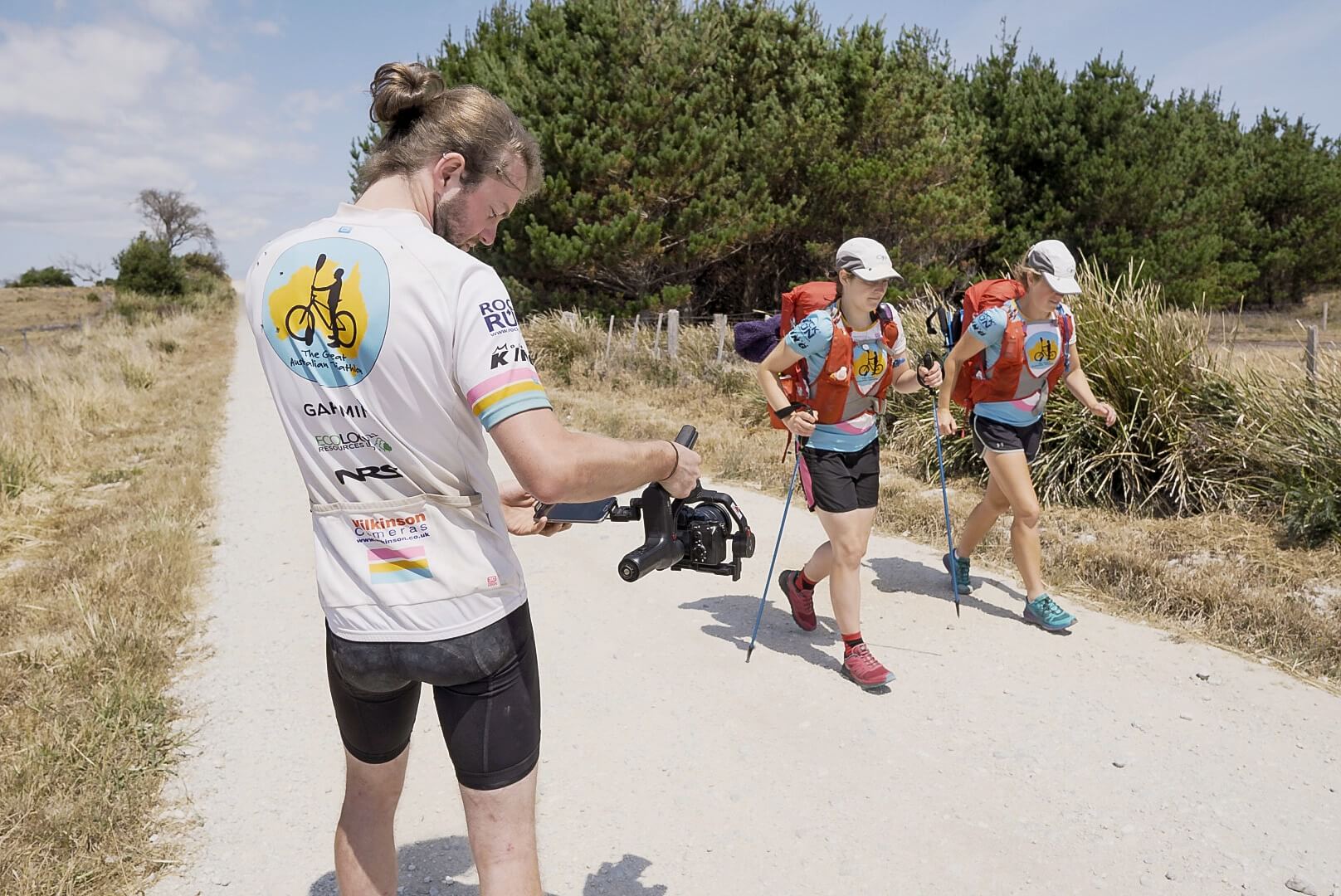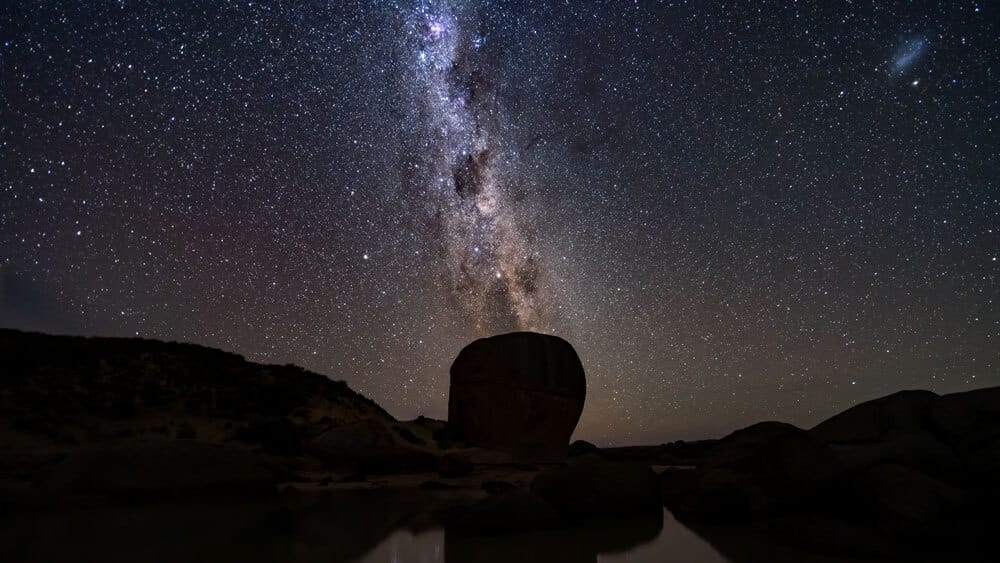Sign Up to Our Newsletter
Get all the latest Wilkinson Cameras news, offers, event infomation & more direct to your inbox.
Now safely home and under lockdown in the UK, we caught up with Jonathan to talk about the decision to abandon and also to recap on the impressive achievements of the team.
We say ‘so far’ – and wonder if the adventure will be revisited at a later date?
"As you may have guessed from the current international Covid-19 situation, The Great Australian Triathlon had to come to an early end. For a few days we had seen news articles about some new virus that had spread out from China, causing some difficulties in Europe. We didn’t pay much attention, as the situation in Australia was mild in comparison, we kept our heads buried in the sand telling ourselves that it wouldn’t really affect us as we’ll be out in the wilderness again in a few days.
‘But then the local council closed the entire of Cape York, meaning we suddenly did not have access to the final 1000 km of our route. “It’s okay, we’ll keep moving, we’re 2 months away from there yet, it’ll be open again before we arrive”. Then the state borders were closed, and the UK were advising travellers to get back home as quickly as possible. It got real.
‘With heavy hearts we accepted that it was the end of the road. We booked flights and rode the final day into the fifth and final state of the journey and the finish line of The Great Australian Triathlon, some 3000 km premature. It was over."
Two weeks of quarantine have passed since the team’s swift exit from Australia, who say the reality of the situation is finally beginning to sink in. But no adventure is time wasted, so we thought you’d still like to read the blog from the ‘First Leg’ of this epic trip, written by Jonathan Doyle.

My first challenge to was to figure out exactly I was going to single-handedly film Ben, Emma and Claire Cianchi running 640 km across Tasmania. Since running is inherently a fairly slow method of travel, I wrongly assumed the pace of filming would match this and that this leg of the trip would be the easiest to film. My first and most logical thought was to use a car to shoot from. I could easily carry all the gear, move around quickly and get ahead of the team with little effort. However, the planned route followed much of the Tasmanian Trail, a long-distance trail established in the 1988 which is mostly inaccessible to motorised vehicles. That option was out. My next thought was to run with them. I would be able to keep up and it would solve the access issues too, but it would mean carrying little more than my Sony A7iii camera and charging would be increasingly difficult. Perhaps not. I quickly settled on option three, I would cycle across Tasmania while the others ran. This would solve the issues with the other modes of travel and I would be faster than the runners too, in theory. Going for the bike was a bold choice as I had exactly zero cycle touring experience and in fact the furthest ride I had ever completed was about 30km between Kendal and Milnthorpe. As you can imagine, I wasn’t quite ready for what lay ahead of me.
We landed in Hobart, Tasmania on the 29th of December and gave ourselves just one day for jet lag recovery and bag packing. The expedition would begin with a short hike in to South East Cape where we would camp overnight and officially start the expedition the following day. However, upon arrival at Cockle Creek, the closest point by road, we were faced with one of the most difficult decisions of the journey. With unprecedented temperatures and dry lightning strikes predicted, there was a very high possibility of bush fires starting. The peninsula is a remote spit of land with only one access point, and so if we went in, there was a possibility we could get trapped if there was a fire. After a great deal of discussion, we came to the unanimous decision that we would compromise the original plan. Instead we would smash out the 14km round trip as quickly as possible, returning the same night to camp back at Cockle Creek. The expedition had begun.

It quickly became apparent that I was carrying too much, like way too much. I could only just lift the back end of the bike, an issue when I ended up having to lift it up and over numerous fallen trees! The plan was to create a high-quality cinematic style film rather than the usual ‘let me just put the GoPro on the ground and you ride past it’ kind of production. In order to achieve this ambitious challenge, I did not skimp on the camera gear. I carried the Sony A7iii and A6400 and five lenses, a Zhiyun Weebill Lab gimbal, DJI Mavic Pro drone, tripod, charging cables, laptop, the list goes on. Needless to say, I was nowhere near the 20 kg dream weight most bike-packers strive towards.
On the fifth day on the crossing, I met my nemesis, the 1000m White Timber Mountain which we had to pass directly over. We spent the day on gravel tracks that only got steeper and looser as we gained height. It was not long before I found myself being overtaken by Ben, Emma and Claire and shortly after I was demoted to pushing my bike. It was a lonely and brutal slog, the ground underfoot was so loose, I often lost my footing and at times I was not even exceeding 1km/h! Gone were the thoughts of filming, the burn in my muscles consumed my mind and it took every ounce of strength to will myself on to take just one more step. Shirt off and sweat-drenched, I was making painfully slow progress.
I heard footsteps approaching from behind belonging to an Israeli chap named Asa. We walked and talked for a while and before I knew it he was helping me push my bike! I told him that I was conflicted about The Great Australian Triathlon as I felt it was ultimately a pretty selfish endeavour, we were spending all this time, energy and money travelling across an entire continent when we could be using our resources to help others. Asa stopped and looked at me, “You have to do things for yourself sometimes too. You need to help yourself to be happier and healthier so that in turn you can help others too”. Those words really stuck with me. Asa helped me push the bike right to the summit of the mountain where the others had been waiting for quite some time. The descent from White Timber Mountain was much more difficult and physically demanding that I had expected. Gone were the easy-going fire-trails, replaced with technical tracks needing 100% concentration to maintain any forward momentum. While the riding was not fast, it was some of the best of the trip.

A huge hurdle to overcome was meeting the colossal power demands required to shoot a film like The Great Australian Triathlon. In addition to all of the equipment mentioned above, I also had to charge the team’s phones and GPS devices. It seemed to me to be the impossible task, and it was a constant source of stress. My only power source was a 100Wh power bank which was charged via a 20W solar panel, and ultimately this system did not cut it. To ensure we had enough power to shoot, I took advantage of every kind person we met who had access to power. On one such occasion, I spent eight hours in a bakery with my 6-way extension lead plugged in with every single electrical item I had connected and charging! Ben commented that it was the most ridiculous thing he had seen. I did cut it fine one day however; following a series of interviews with the expedition team, I was left the last remaining Sony A7iii battery holding just 3% charge!
‘It was a full-time job to survive, and another to shoot the film.’
Filming an expedition such as The Great Australian Triathlon, it turns out is no mean feat. There were days when I had to push myself well beyond my comfort zone both physically and mentally just to get the ride done while simultaneously working my butt off to get the shots we needed. It was a full-time job to survive, and another to shoot the film. Often the runners were much faster than I anticipated, meaning that I had to set up every shot as fast as possible or risk missing a shot or even worse, making the runners stop. Both outcomes would result in frustrations within the team. I spent a lot of time trying to avoid this situation by refining my setup for maximum accessibility and efficiency. I would say one of the most important items in my arsenal was Peak Design’s Capture Clip. I used it to mount my camera right under my handlebars meaning it could be powered up and shooting within a matter of seconds. This took maybe a week to figure out, but I was so stoked to have finally solved a problem the internet was unable to prior to the trip!
‘Power is more valuable than gold.’

The Great Australian was the definition of trial by fire and I certainly learnt a great deal. It turns out power is more valuable than gold: running out means no filming, no GPS, no audiobooks. I have no idea how the early explorers survived without 48 hours of Game of Thrones audiobook for company. Do not go back to find something you have lost on the route, let it go, it belongs to the trail now. Finally, people are awesome. We met so many wonderful people during our crossing of Tasmania, they did everything from making us cups of tea to letting four strangers sleep in their house and steal all their electricity and hot water.
The run across Tasmania was a journey of a lifetime, and we still had two more legs of the expedition to go…
Visit The Great Australian Triathlon website for more information on the trip, or visit their Facebook page.
Check out Jonathan's Instagram and Ben Cianchi's Instagram to see some incredible images of the journey.
The Great Australian Triathlon: An introduction
Jonathan Doyle - Photographer and Videographer for The GAT - What's in his kit bag?
Get all the latest Wilkinson Cameras news, offers, event infomation & more direct to your inbox.
